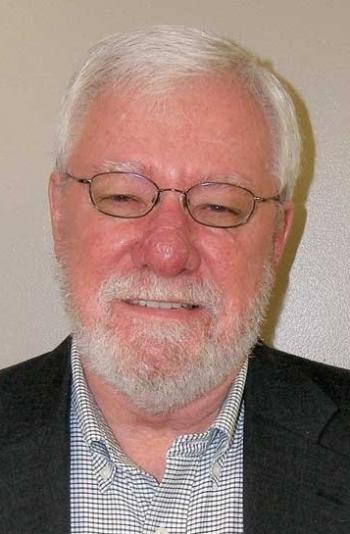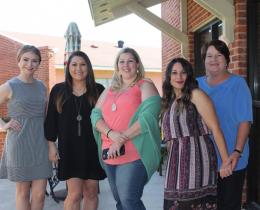
C’est Vrai: The first Noel (Soileau)
If you have roots in north St. Landry or Evangeline parishes, the chances are pretty good that you are a Soileau or kin to one. But the family may never have made it to south Louisiana if the first of the clan to come to these parts hadn’t been able to escape a Natchez Indian massacre.
Eighteen-year-old Noel Soileau came to Louisiana from northern France in 1719 with his uncle Gerard Pellerin and, after a stop in the New Orleans area, they moved to the trading post that began to grow up in the Natchez territory after the French established Fort Rosalie there in 1714.
There had been a few squabbles, but no inkling of real trouble when Noel and Gerard got to the post. The Natchez and French had lived together more or less peacefully for years. Things began to unravel in 1728 when an arrogant drunk, Sieur de Chepart, was appointed commander at Fort Rosalie and, according to documents of the time, “tyrannized his people and abused his power.”
Tensions came to a head when de Chepart demanded that the Natchez abandon a village because he wanted the land for his own plantation. Adding to the outrage, the land de Chepart wanted contained a burial mound the Natchez considered sacred.
Rumors began to spread late in 1729 that the Natchez were planning an attack, but de Chepart didn’t believe them and punished some people who insisted the reports were true.
The vicious attack came on Nov. 29, 1729. The Natchez killed 230 French men, including Gerard Pellerin, and burned the fort and homes to the ground. They spared the lives of most of the women, children, and African slaves, but took them captive.
The French retaliated with a series of punitive attacks that over time destroyed the Natchez as an independent nation. Many of the surviving Natchez were sold into slavery and sent to French plantations in the West Indies.
Noel Soileau, who was called “a very resourceful man” in one family history, escaped the slaughter by hiding for days in the woods. It is not clear whether he was married at the time of the attack. Some genealogies show that his first wife was Marie Bordeaux, but I find no record of their marriage or of her death. She is not listed among the victims of the attack.
When the French restored Fort Rosalie, Noel was appointed quartermaster of the royal warehouse there, but he apparently stayed only for another several years, if that.
In 1737 Noel married Marie Josephe Richaume and they had three sons who lived to adulthood, Noel-Etienne, Auguste, and Jean-Baptiste, and five daughters, Marianne, Francoise, Marguerite, Fauchonette, and Helene. A fourth son, Henri, died as an infant.
Noel and his family eventually moved to Pointe Coupee, where he died in 1757. Each of his sons migrated to the Opelousas district, possibly after their sister Helene married the commandant of the Opelousas post, Gabriel de la Claire.
Noel-Etienne and his wife, Angelique Fontenot, settled in the Grand Prairie area, as did Jean-Baptiste and his wife, Marie Jeanne de Vidrine. Auguste, who never married, settled south of Opelousas.
Most of the Soileaus of today are descended from Noel-Etienne and Angelique, who had five sons and 23 grandsons, nearly all of whom remained in the St. Landry-Evangeline area; the biggest number of them descending from their son Jean-Baptiste, and his wife, Marie Guillory. They settled just south of Mamou and reared four sons, Louis, Etienne, Charles, and Henri.
You can contact Jim Bradshaw at jimbradshaw4321@gmail.com or P.O. Box 1121, Washington LA 70589.
- Log in to post comments

